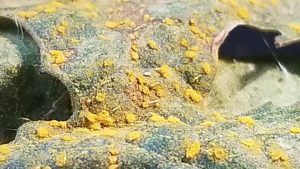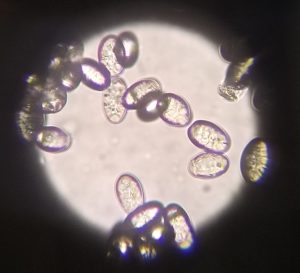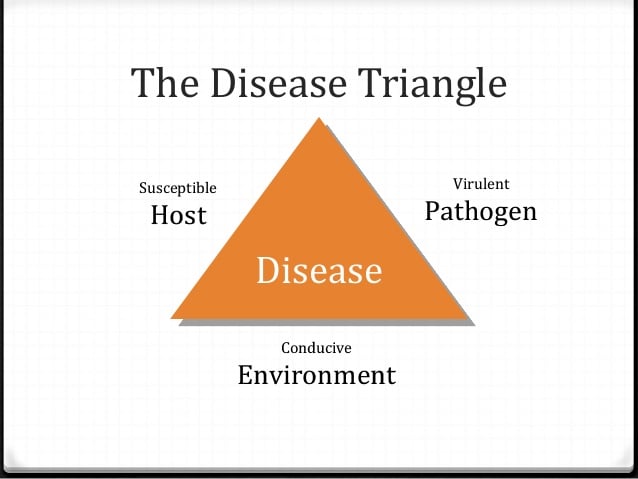Every year seems to bring a new set of challenges for the Georgia gardener. Some years the drought leaves our gardens in the dust and some years it never seems to dry out. Some years we break record heat waves and some years fall comes early. However, plant disease never seems to give us a break. As we try and coax healthy cool-season crops out of warm soil I thought it might be nice to take a look at some disease facts so we can come up with strategies to help ourselves.
Fact #1: Healthy plants can withstand disease better than stressed plants. Knowing what healthy plants look like (is that mottling part of the normal leaf or could it be a virus?), what your plants need in the way of fertility and water, and what conditions those plants need to thrive will go a long way in managing disease. If your plants need full sun, plant in full sun. Shade will stress your plants and open up the possibility for disease. Have your soil tested for fertility and use the results to meet the needs of your plants. Take away: Strive for healthy plants

Fact #2: Most of our disease-causing agents are fungi. We do battle some bacteria and some viral diseases but overwhelmingly fungi are our problem. Most fungi need a wet environment. You probably notice during rainy periods disease symptoms seem to magically appear. Community gardeners tend to plant our plots as full as possible limiting air circulation around the plants. Moisture stays on the leaves creating a perfect environment for pathogens. Take away: Limit overhead watering as much as possible. Make sure your plants have adequate air flow around them.
Fact #3: Often pathogens overwinter in garden debris. Many times fungal survival structures, like spores and mycelia, will last for months(years) in organic matter, leaves, and garden debris creating an environment for a reinfection during the next planting cycle. Take away: Clean your garden plots after every season.

Fact #4: Most fungicides are used as preventatives and not as a cure for disease. Once a plant has been infected it is hard to cure that plant. The pathogen is already present, has done damage and gardeners cannot rely on fungicides to fix the problem. Take away: Plan ahead for disease management.
Fact #5: Some pathogens will infect many types of plants but many pathogens have a narrow plant host range. Rusts (Uromyeces spp.) are common among bean plants and powdery mildew (Oidium spp.) always seems to find all types of squash. Take away: Know what diseases normally affect the plants you have in your garden. Learn to recognize the pathogen signs and symptoms. Use your local Extension office to help identify the diseases that plague you. Your agent can also help you devise a plan of disease management.
- ParSLAY the Day! - June 12, 2024
- 6th Annual Great Southeast Pollinator Census - May 28, 2024
- Are you ready for Pepper Palooza? - July 5, 2023
